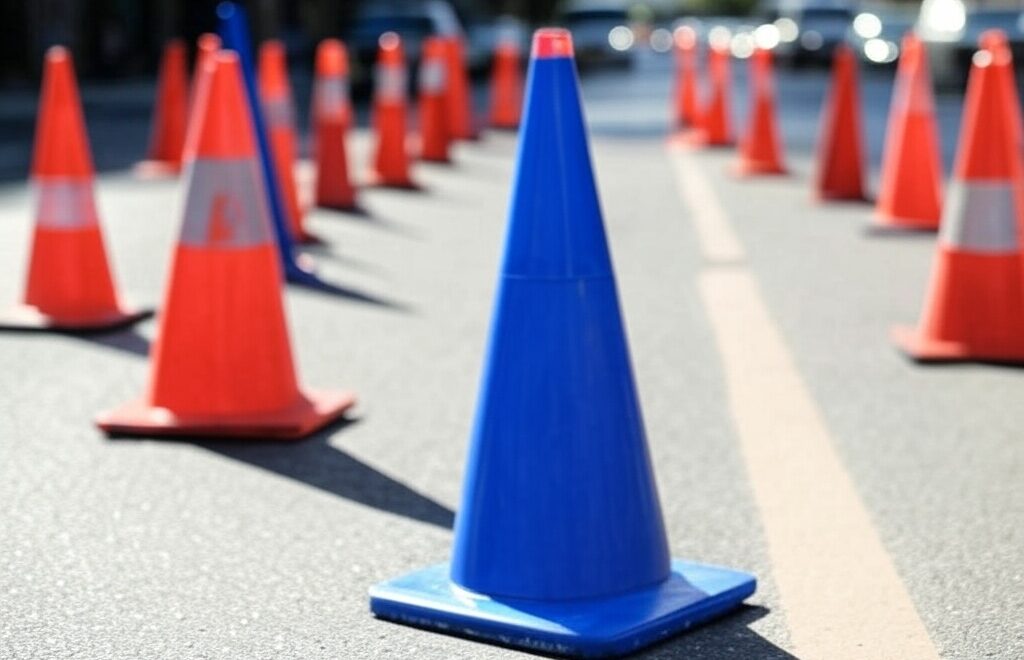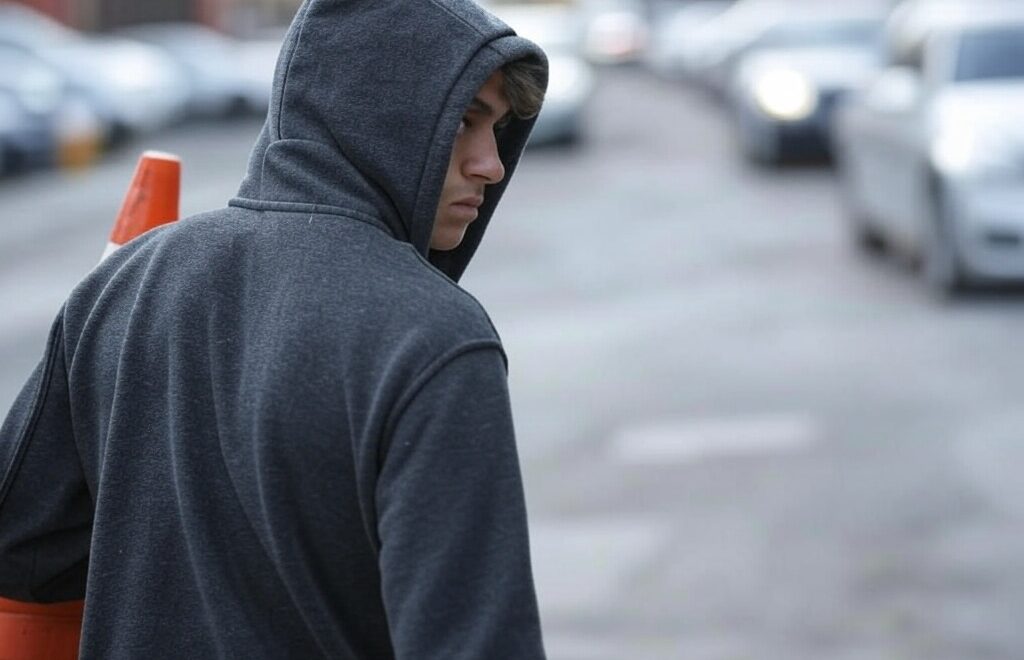If a Traffic Cone is not Orange, is it a Traffic Cone?
Traffic Cone Legality and Colors
When picturing a traffic cone, the first color that likely comes to mind is bright orange. This fluorescent hue is widely recognized as an indicator of caution and is universally associated with road safety. But what happens when a traffic cone isn’t orange? Is it still a traffic cone—and more importantly, is it legal?
Traditionally, traffic cones are colored bright orange because this color is highly visible, making them ideal for signaling caution and guiding drivers through construction zones or traffic diversions. However, the definition of what constitutes a traffic cone does not exclusively rely on color.
In many jurisdictions, a traffic cone is legally defined by its function and shape rather than color alone. For example, cones can also come in reflective white, yellow, green, or even blue. Each color typically represents a different function: white cones might signify pedestrian areas or parking spaces, blue can indicate accessibility parking or areas reserved for disabled individuals, green cones are sometimes used to mark entrances to secure areas or work zones, and yellow cones often indicate no-parking zones or cautionary warnings beyond general construction alerts.
Legally, the color requirement varies depending on local and national regulations. In the United States, the Manual on Uniform Traffic Control Devices (MUTCD) issued by the Federal Highway Administration provides guidelines rather than strict mandates. It specifies that cones used during the daytime must be predominantly orange and for nighttime use should have reflective material for enhanced visibility. However, there can be variations allowed under specific circumstances or by local regulations, provided they serve an appropriate safety purpose.
In the United Kingdom, traffic cones must comply with British Standard BS EN 13422:2004, typically mandating the bright orange color with reflective sleeves. Similar standards exist throughout the European Union and other countries, though local variations might permit the use of alternative colors for specialized purposes.
Therefore, if a cone is not orange, it can still legally be considered a traffic cone if it complies with local safety and regulatory requirements regarding visibility, reflective properties, and specific situational use. While the orange cone remains iconic, the broader palette serves a meaningful safety and organizational purpose across various contexts.
In conclusion, a non-orange traffic cone is indeed still a traffic cone, as long as it adheres to local regulations and fulfills its intended function effectively and safely. Its legality is tied not to its color alone but rather to compliance with standards that ensure road safety.


